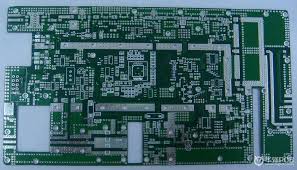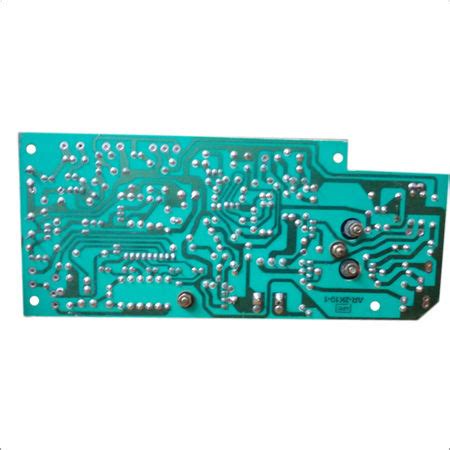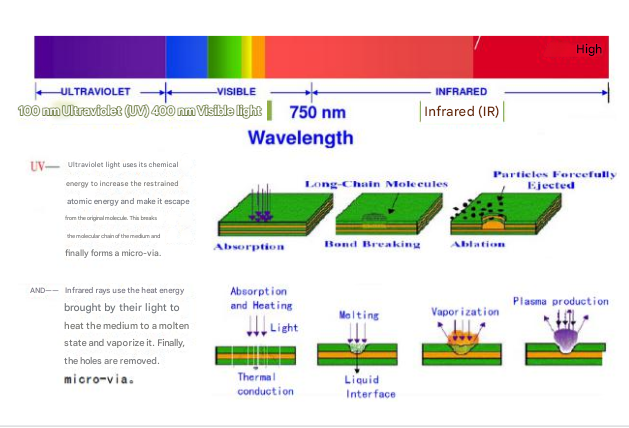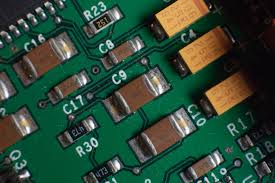High frequency pcb material
Understanding The Importance Of High Frequency PCB Material In Modern Electronics
In the rapidly evolving landscape of modern electronics, the selection of materials for printed circuit boards (PCBs) plays a crucial role in determining the performance and reliability of electronic devices. Among the various types of PCB materials, high frequency PCB materials have gained significant attention due to their ability to support the high-speed and high-frequency applications that are increasingly prevalent in today’s technology-driven world. Understanding the importance of high frequency PCB material is essential for engineers and designers who aim to optimize the functionality and efficiency of electronic systems.
High frequency PCB materials are specifically engineered to handle the demands of high-speed signal transmission
which is a common requirement in applications such as telecommunications, aerospace, and advanced computing. These materials are characterized by their low dielectric constant and low dissipation factor, which are critical parameters that influence signal integrity. A low dielectric constant reduces signal delay, while a low dissipation factor minimizes signal loss, both of which are essential for maintaining the fidelity of high-frequency signals. Consequently, the choice of high frequency PCB material can significantly impact the overall performance of an electronic device.
Moreover, as electronic devices become more compact and complex, the need for materials that can support miniaturization without compromising performance becomes increasingly important.
High frequency PCB materials offer the advantage of enabling smaller and more efficient designs by allowing for tighter component placement and reduced signal path lengths. This is particularly beneficial in applications where space is at a premium, such as in mobile devices and wearable technology. By facilitating more compact designs, high frequency PCB materials contribute to the development of innovative products that meet the demands of modern consumers.
In addition to their electrical properties, high frequency PCB materials must also exhibit excellent thermal and mechanical stability.
As electronic devices operate at higher frequencies, they often generate more heat, which can adversely affect performance and reliability. High frequency PCB materials are designed to withstand these thermal challenges, ensuring that the device remains stable and functional even under demanding conditions. Furthermore, the mechanical robustness of these materials is crucial for maintaining structural integrity, especially in applications that involve harsh environments or mechanical stress.
The selection of high frequency PCB material is not a one-size-fits-all decision; it requires careful consideration of the specific requirements of the application.
Factors such as frequency range, environmental conditions, and cost constraints must be taken into account to ensure that the chosen material aligns with the desired performance outcomes. Engineers and designers must also stay informed about the latest advancements in material science, as ongoing research continues to yield new materials with enhanced properties that can further optimize high-frequency applications.
In conclusion, high frequency PCB materials are indispensable in the realm of modern electronics, where the demand for high-speed, high-frequency performance is ever-increasing. Their unique electrical, thermal, and mechanical properties make them ideal for a wide range of applications, from telecommunications to consumer electronics. By understanding the importance of these materials and making informed choices, engineers and designers can ensure that their electronic systems meet the rigorous demands of today’s technology landscape, ultimately leading to more efficient, reliable, and innovative products.
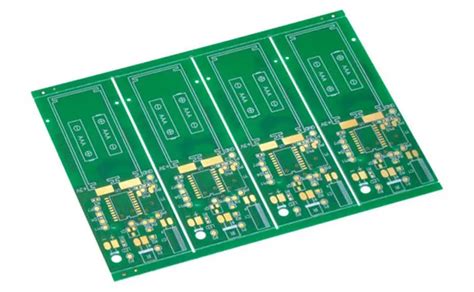
Comparing Different Types Of High Frequency PCB Materials
High frequency printed circuit boards (PCBs) are essential components in modern electronic devices, particularly in applications requiring rapid signal transmission and minimal signal loss. The choice of material for these PCBs is crucial, as it directly impacts the performance, reliability, and cost of the final product. Various materials are available, each with distinct properties that make them suitable for specific applications. Understanding the differences between these materials is vital for engineers and designers aiming to optimize their designs.
One of the most commonly used materials for high frequency PCBs is polytetrafluoroethylene (PTFE), often known by the brand name Teflon.
PTFE is renowned for its excellent dielectric properties, which make it ideal for high frequency applications. Its low dielectric constant and loss tangent ensure minimal signal distortion and energy loss, which are critical in maintaining signal integrity. However, PTFE is not without its drawbacks. It is relatively expensive compared to other materials and can be challenging to process due to its softness and tendency to deform under pressure. Despite these challenges, PTFE remains a popular choice for applications where performance is paramount.
In contrast, FR-4, a glass-reinforced epoxy laminate, is a more cost-effective option.
While traditionally used for lower frequency applications, advancements in material science have led to the development of high frequency variants of FR-4. These modified versions offer improved dielectric properties, making them suitable for certain high frequency applications. However, they still fall short of PTFE in terms of performance, particularly at very high frequencies. Nevertheless, the affordability and ease of processing make high frequency FR-4 an attractive option for applications where cost is a significant consideration.
Another material gaining popularity in high frequency PCB applications is Rogers material, specifically the Rogers RO4000 series.
These materials are engineered to provide a balance between performance and cost. They offer a dielectric constant and loss tangent that are superior to those of standard FR-4, yet they are more affordable and easier to process than PTFE. This makes Rogers materials an excellent choice for mid-range high frequency applications where both performance and cost are important factors.
Moreover, ceramic-filled laminates are another option for high frequency PCBs.
These materials combine the benefits of ceramics and polymers, resulting in a material with excellent thermal stability and low dielectric loss. Ceramic-filled laminates are particularly well-suited for applications involving high power and high frequency, such as in aerospace and military communications. However, the complexity and cost of manufacturing these materials can be a limiting factor for their widespread adoption.
In conclusion, the selection of high frequency PCB materials involves a careful consideration of various factors, including performance requirements, cost constraints, and manufacturing capabilities. PTFE offers unparalleled performance but at a higher cost and processing difficulty. High frequency FR-4 provides a more economical solution with moderate performance improvements. Rogers materials strike a balance between cost and performance, making them suitable for a wide range of applications. Lastly, ceramic-filled laminates offer exceptional performance for specialized applications but come with higher manufacturing costs. By understanding the unique properties and trade-offs of each material, engineers and designers can make informed decisions that best meet the needs of their specific applications.
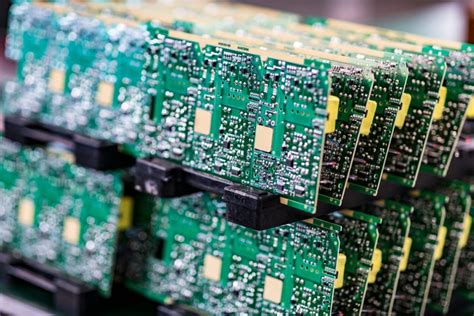
Key Considerations For Selecting High Frequency PCB Material
When selecting high frequency PCB material, several key considerations must be taken into account to ensure optimal performance and reliability of the final product. High frequency PCBs are integral to applications such as telecommunications, radar systems, and advanced computing, where signal integrity and minimal loss are paramount. Therefore, understanding the properties and implications of different materials is crucial for engineers and designers.
One of the primary considerations is the dielectric constant (Dk) of the material.
The dielectric constant affects the speed at which signals can travel through the PCB. Materials with a lower Dk allow for faster signal transmission, which is essential in high frequency applications. Consistency in the dielectric constant across the material is also vital, as variations can lead to signal distortion and timing issues. Therefore, selecting a material with a stable Dk over the desired frequency range is critical.
In addition to the dielectric constant, the dissipation factor (Df) is another important parameter.
The dissipation factor measures the energy loss as heat within the material. A lower Df indicates that the material is more efficient at transmitting signals with minimal loss, which is particularly important in high frequency applications where even small losses can significantly impact performance. Materials with low dissipation factors are preferred to maintain signal integrity and reduce power consumption.
Thermal management is another crucial aspect to consider when selecting high frequency PCB materials.
High frequency applications often generate significant heat, which can affect the performance and longevity of the PCB. Therefore, materials with good thermal conductivity are essential to dissipate heat effectively. Additionally, the coefficient of thermal expansion (CTE) should be compatible with other materials used in the PCB assembly to prevent mechanical stress and potential failure during thermal cycling.
Furthermore, the mechanical properties of the PCB material should not be overlooked.
High frequency PCBs may be subjected to various environmental conditions, including vibration and mechanical shock. Therefore, selecting a material with adequate mechanical strength and flexibility is important to ensure durability and reliability. Additionally, the material should be easy to process and compatible with standard PCB manufacturing techniques to facilitate efficient production.
Cost is another factor that cannot be ignored.
While high performance materials may offer superior electrical and thermal properties, they often come at a higher cost. It is essential to balance performance requirements with budget constraints to select a material that meets the application’s needs without exceeding financial limitations. In some cases, a compromise may be necessary, opting for a material that offers a good balance between performance and cost.
Finally, environmental considerations are becoming increasingly important in material selection.
With growing awareness of environmental impact, choosing materials that comply with regulations and have minimal environmental footprint is crucial. This includes considering the recyclability of the material and its compliance with standards such as RoHS (Restriction of Hazardous Substances).
In conclusion, selecting the appropriate high frequency PCB material involves a careful evaluation of various factors, including dielectric properties, thermal management, mechanical strength, cost, and environmental impact. By considering these key aspects, engineers and designers can ensure that the chosen material will meet the performance requirements of high frequency applications while also aligning with budgetary and environmental considerations.

Innovations And Trends In High Frequency PCB Material Technology
In recent years, the field of high frequency printed circuit board (PCB) material technology has witnessed significant innovations and trends, driven by the ever-increasing demand for faster, more efficient electronic devices. As the world becomes more interconnected, the need for high-performance PCBs that can support high-frequency signals without compromising on reliability or efficiency has become paramount. This has led to a surge in research and development efforts aimed at enhancing the materials used in these critical components.
One of the most notable innovations in high frequency PCB material technology is the development of advanced dielectric materials.
These materials are crucial because they determine the speed and efficiency with which signals can travel through the PCB. Traditional materials, such as FR-4, have limitations when it comes to high-frequency applications due to their relatively high dielectric constant and loss tangent. In response, manufacturers have introduced new materials with lower dielectric constants and loss tangents, such as PTFE (polytetrafluoroethylene) composites and ceramic-filled laminates. These materials offer superior performance by minimizing signal loss and ensuring signal integrity at higher frequencies.
Moreover, the trend towards miniaturization in electronic devices has further fueled the demand for innovative high frequency PCB materials.
As devices become smaller and more compact, the PCBs within them must also shrink, while still maintaining their performance capabilities. This has led to the development of thinner and more flexible materials that can accommodate the intricate designs required for modern electronics. Flexible PCBs, for instance, are gaining popularity due to their ability to bend and conform to various shapes, making them ideal for applications in wearable technology and other compact devices.
In addition to material advancements, there is a growing emphasis on environmental sustainability in the production of high frequency PCBs.
The electronics industry is increasingly aware of its environmental impact, and as a result, there is a push towards using eco-friendly materials and manufacturing processes. This includes the development of halogen-free laminates and the reduction of hazardous substances in PCB production. By adopting greener practices, manufacturers not only comply with stringent environmental regulations but also appeal to environmentally conscious consumers.
Furthermore, the rise of 5G technology has been a significant driver of innovation in high frequency PCB materials.
The deployment of 5G networks requires PCBs that can handle extremely high frequencies and data rates. This has led to the exploration of new materials and technologies that can meet these demanding requirements. For instance, the use of low-loss materials and advanced signal integrity techniques are being explored to ensure that PCBs can support the high-speed data transmission needed for 5G applications.
In conclusion, the landscape of high frequency PCB material technology is rapidly evolving, with innovations and trends that are shaping the future of electronics. From the development of advanced dielectric materials to the emphasis on environmental sustainability, these advancements are paving the way for more efficient, reliable, and eco-friendly electronic devices. As technology continues to advance, it is clear that the demand for high-performance PCBs will only grow, driving further research and development in this critical area. The ongoing pursuit of excellence in high frequency PCB materials promises to unlock new possibilities and applications, ultimately transforming the way we interact with technology in our daily lives.

